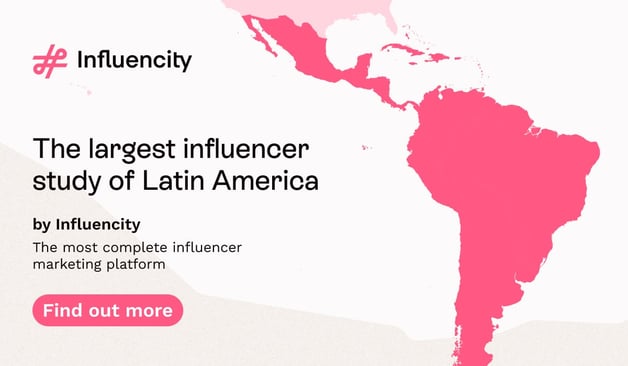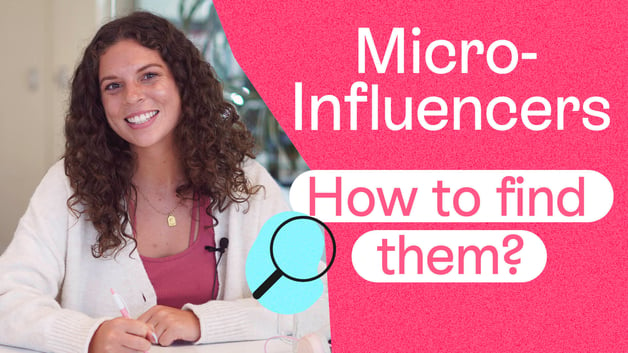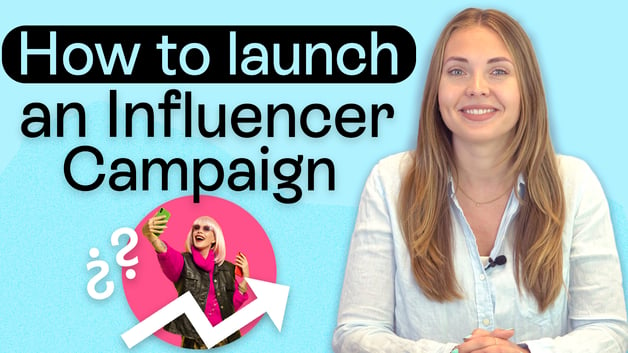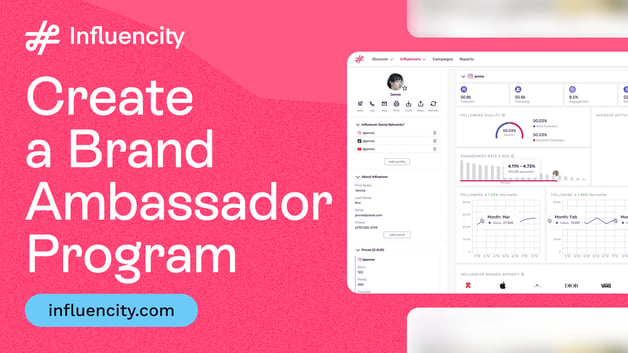The current state of influencer marketing
The evolution of influencer marketing over the past few years is undeniable. This marketing trend has gone from being simple PR actions to big advertising campaigns which are gaining more and more prominence.
In order to explain this evolution and the current state of influencer marketing, we need to take a look at the companies and brands that have collaborated with influencers.
We’re currently witnessing the integral professionalisation of this sector. We’ve seen how the different companies (brands and agencies included) who have taken part in this marketing trend have enjoyed the many benefits of implementing these types of strategies and how they are working towards establishing them as necessary in any marketing plan.
During the first few years of influencer marketing, we saw the scene evolve from brands gifting product testers to influencers in return for a positive review to creating unique experiences for influencers, such as trips or events. Economic compensation in exchange for a positive critique was a turning point and is what lead relationships between brands and influencers to become much more professional. Brands began drafting collaboration agreements and timings and publication dates started to appear in campaign proposals.
Influencer marketing is playing an increasingly bigger role in PR strategies. However, with more people getting involved in these marketing actions, we can see that the decision making process is becoming more and more controlled, something which leads consumers to believe that influencer marketing actions are less natural and that influencers are more restricted in terms of the content they create.
One of the main reasons as to why this type of marketing strategy has evolved so rapidly over past years, is the increasingly bigger budget being allocated to these campaigns: the figures have increased from an average spend of 6,000€ per campaign to 15,000€ – 20,000€ per campaign. It’s still early days to compare the Spanish market to the American one, where the average campaign spend is 50,000$, but this trend is certainly on the rise.
One of the most notable changes in this sector, is the transferral of creative freedom into the hands of brands and not influencers. At the dawn of influencer marketing, influencers were free to create whatever content they desired, since collaboration agreements didn’t exist. Once brands started to realise the impact that influencer collaborations were having, they decided to take the wheel and started creating marketing actions that were in sync with their communication plans. This change arguably created the biggest polemic of all, as many argue that influencer reviews are no longer natural and are becoming increasingly more commercial. Brands and agencies now face a new challenge to create campaigns that are just as professional and controlled, without losing credibility.
Changes haven’t just occurred in terms of how brands go about creating their campaigns, but also in terms of the tools being used.
The use of technology and the need to control and measure campaigns have taken on a leading role in influencer marketing which demands the professionalisation of these strategies. The number of campaigns being launched per brand is on the rise and standardising processes is a must. Tools that facilitate the search and analysis of influencer profiles are in high demand due, to the fact that they help cut costs. Just like in any other marketing strategy, the need to analyse and measure campaign results is increasingly more important to improve future campaigns.
As we mentioned previously, influencers have changed the way they collaborate with brands and have even started working with agencies to represent them, signing agreements and editorial plans. Little by little, influencers have evolved from content creators to investing their resources in order to improve the quality of their work, changing what was once a hobby into a career.
Given the appeal of the sector, the number of influencers has also increased, creating new categories: micro-influencers, niche influencers, top influencers, etc…
In conclusion, it goes without saying that influencer marketing is a sector which is constantly growing and which is currently automating various processes therein through the use of technology.
Tags:




















%20and%20How%20Can%20They%20Benefit%20Your%20Brand%20article.jpg?length=628&name=What%20Are%20Key%20Opinion%20Leaders%20(KOL)%20and%20How%20Can%20They%20Benefit%20Your%20Brand%20article.jpg)








